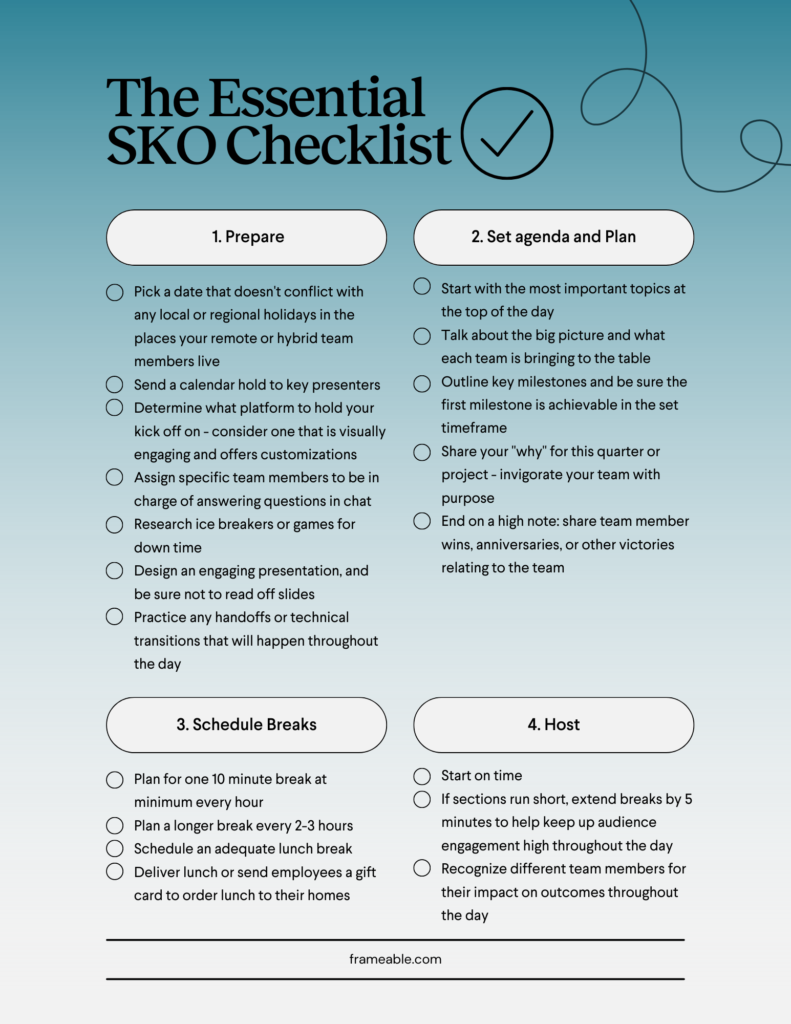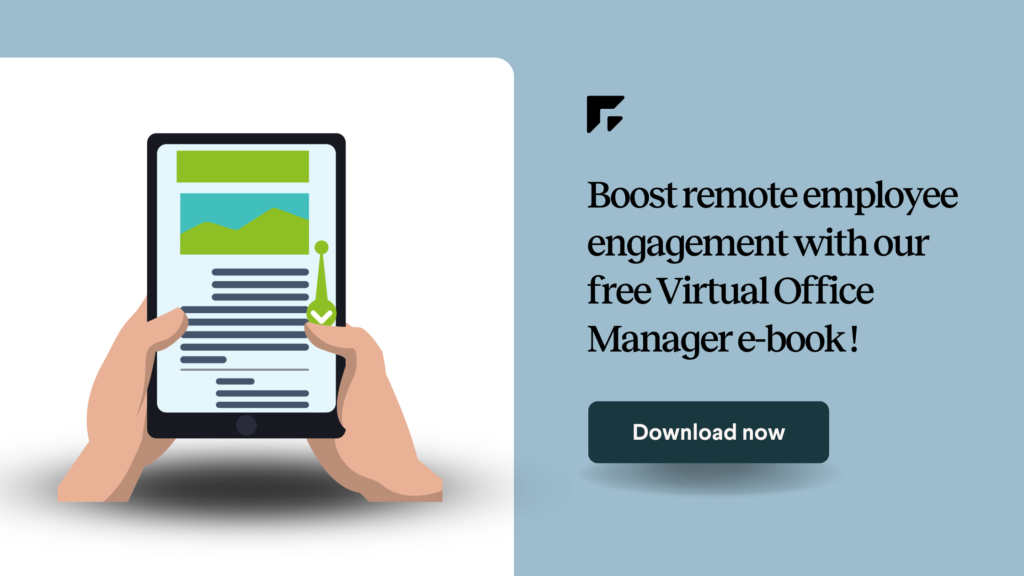By now you’ve probably heard this a thousand times: hybrid work is here to stay. People love their remote and hybrid jobs, and everyone has come to the general consensus that workplace flexibility is not something that people will easily forgo. As companies and workers alike look to the future, it’s helpful to keep an eye on the biggest change-makers in the industry. Here’s a look at our team’s round up of the people and organizations to watch as we navigate the ever-changing future of work.
Nicholas Bloom
Bloom, a Stanford Economics professor, is the foremost expert on remote work and remote work trends, authoring some of the most insightful research on the subject to come out in the last decade. In 2017, when only 8% of the U.S. worked from home, Bloom gave a talk about his research and how leaning into work from home could change the world. Now in 2023, he’s become a key advisor to many Fortune 100 companies, and definitely someone everyone interested in the remote work revolution should keep their eye on.
Katie Burke
As Chief People Officer at Hubspot, Katie Burke has shaped the company’s post-pandemic approach to business and has even shifted how they pay their employees. Compensation at Hubspot is now based on one anchor city per country; for example, New York City is the anchor for U.S. based employees, so no matter where U.S. Hubspot employees find themselves, they are being paid fairly. With this move, Hubspot is leading the way as many other organizations look to become both more equitable and attract top talent—no matter where they are in the world.
Canva is an approachable graphic design platform that is changing the way people create and collaborate on visual content. With a user-friendly interface and extensive library of design templates, Canva is empowering individuals and teams to create professional-quality designs without the need for specialized skills or software. This democratization of graphic design is helping to break down barriers to entry for those interested in design and enable more creativity in the workplace across various industries. Furthermore, Canva’s cloud-based platform allows for seamless collaboration and sharing of designs across teams. Canva is playing a key role in enabling remote collaboration, they even bolster a large roster of entirely remote employees around the world.
Cheryl Cran
Cheryl Cran, the founder of NextMapping, is a recognized expert in the future of work and its surrounding thought leadership. She has been at the forefront of the conversations surrounding the future of work, providing insights and guidance to organizations worldwide. Cheryl’s vision for the future of work is one of innovation and human-centeredness, where organizations are able to adapt quickly to changing circumstances and leverage the latest technology to achieve their goals. As an acclaimed author of 10 books and an inspiring keynote speaker on the topics of remote and hybrid work, Cran is a visionary thought leader in the future of work. Her insights and expertise have been featured in top-tier publications including Fast Company, Huffington Post, and Forbes as she works to shape the future of work by empowering individuals and organizations to embrace change and create success regardless of their industry.
Frameable has brought a new perspective to what it means to collaborate remotely. Developing sleek and easy to use tools for elevating day to day meetings, productivity, and even large-scale virtual events, has positioned them to become a stand out in the remote work space. Their flagship product, Spaces, gives teams a virtual office that is straightforward and easy to use. And for organizations that already use Microsoft Teams, they even offer a built-in application specifically for Teams users to make work more streamlined and collaboration seamless no matter where coworkers are located.
If you’re looking to take your remote team to the next level, see how Spaces can improve your team’s connectivity and productivity–no matter where they are. Schedule a demo to learn more.
Front provides a shared inbox platform for teams to manage their emails, social media messages, and other communication channels in one place. Its platform offers features like email templates, message assignments, and automated workflows to help teams work together more efficiently and effectively no matter where they are. On top of this comes integrations with top technologies already in use by many, like Slack. By simplifying and automating many repetitive tasks that come with day-to-day work, Front is positioned to keep changing how we work.
Chris Heard
CEO of Firstbase, Heard founded the company that is now changing the way organizations handle the hardware needs of their remote workforce. By giving teams access to the physical items they need to get their jobs done and keeping track of everything in the cloud, Firstbase is making it easier and more efficient for companies to take advantage of going remote. Follow him on LinkedIn where he regularly discusses the future of work and shares conversations from his podcast Against the Herd.
Hive is a new platform for managing both projects and teams. It offers a centralized workspace where team members can collaborate, track their tasks, and communicate with each other. Hive’s big differentiator is its ability to integrate with other tools that teams often use, such as Google Drive, Salesforce, and GitHub.Its user-friendly interface and powerful features make it a popular choice among teams of all sizes, from small startups to large enterprises.
Notion is the productivity and project management app taking the world by storm. From solo-entrepreneurs to full teams, Notion’s user base has quickly grown and it’s easy to see why: Notion is approachable. Whether a team needs to plan and scope a large project, or a young adult finds themselves needing to create a budget, Notion is straightforward and customizable to users’ needs. This all in one powerhouse that can be a CRM, calendar, note taker, and even an Excel competitor is definitely one to pay attention to.
Okta provides identity and access management solutions. With a cloud-based platform, it allows organizations to securely manage and authenticate users’ identities across different applications and devices. Okta’s platform is highly scalable, allowing businesses to easily integrate it into their existing infrastructure. As remote, hybrid, and work-from-anywhere models continue to grow, the need for secure and efficient identity management solutions is definitely not going anywhere.Their continued expansion of capabilities has positioned them to become a new leader in the industry.











